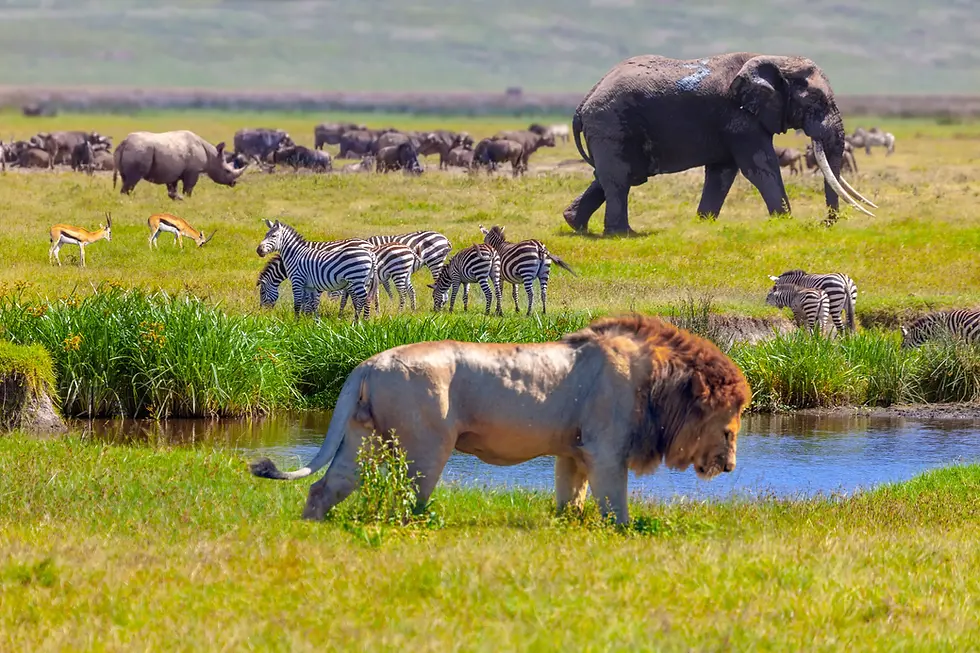Pretty Doesn’t Mean Principaled
- Pooja Srikanth
- May 26, 2025
- 3 min read
The other day, I was walking past this beautiful lake in Colorado. The trees were perfectly towering over it, with green leaves covering the top. The grass was tall and perfectly trimmed. And the water: Oh, there was something special about the water. The water glistened under the sun, and the algae looked so…Algae-like. I’m unsure how to explain it, but it was so beautiful. Until it wasn’t, because then that’s when I saw it. I peeked a little closer into the water, and there it was: a dead fish. But not just one dead fish. There was another, another, and another. There were so many that I practically lost count. I tried to look around to see what may have caused it. But then it hit me. Not too far away was a huge farm. I mean, how didn’t I see it? It smelled like it for sure.
That same day, I went home and did some research. I wondered what could be causing the fish’s deaths. And that’s when I found out: it was the algae.
Cultural Eutrophication is a process where anthropogenic processes (Human-induced processes) cause an increase in harmful nutrients. These nutrients include Nitrogen and phosphorus. The increase in nutrients may come from a variety of nonpoint source pollutants. Sometimes it might be human land, farms, or even factories. These sources will cause run-off to occur, which will transport these nutrients into lakes and oceans.
When these nutrients are transported, they form something called an algal bloom. These are bunches of algae that lie at the top of lakes. And although sometimes they can be very pretty (Photo below), they are dangerous! Why, you may ask?
Well, Algae blooms cause more fish to die. This is because the algae blooms block the sun from reaching any life in the ocean. The sun is a very important part of the photosynthesis/respiration cycle, and it impacts both agriculture and animals. By killing plants, it kills fish.
But how does this impact humans? Algal blooms impact humans in more ways than one. For starters, they affect the health of the water. Most of this water gets drained back to us, and it can make the water more toxic and harmful to humans. Not only that, but algal blooms are also dangerous because dead animals and fish contaminate the water. Algae blooms can also cause skin irritation and rashes if someone swims in the water. Sounds bad, right?
But it’s not the end of the world because there are ways to fix this.
Companies, farms, factories, and homes (specifically, farms) can implement species measures to prevent this. They can create more fences of trees/bushes so that the run-off stops before the lakes. Trees that contain phosphorus and nitrogen can be planted away from lakes to prevent them from flooding into the waters. So, the options are endless.
So, yes, Algae blooms are very harmful, but we can stop them and ensure our safety. As I always say, we are the cause, but we are also the change!
Sources:
“Algal Blooms.” National Institute of Environmental Health Sciences, U.S. Department of Health and Human Services, www.niehs.nih.gov/health/topics/agents/algal-blooms. Accessed 5 May 2025.
US Department of Commerce, National Oceanic and Atmospheric Administration. “Harmful Algal Blooms (Red Tide).” (Red Tide), 10 Apr. 2019, oceanservice.noaa.gov/hazards/hab/.




Comments